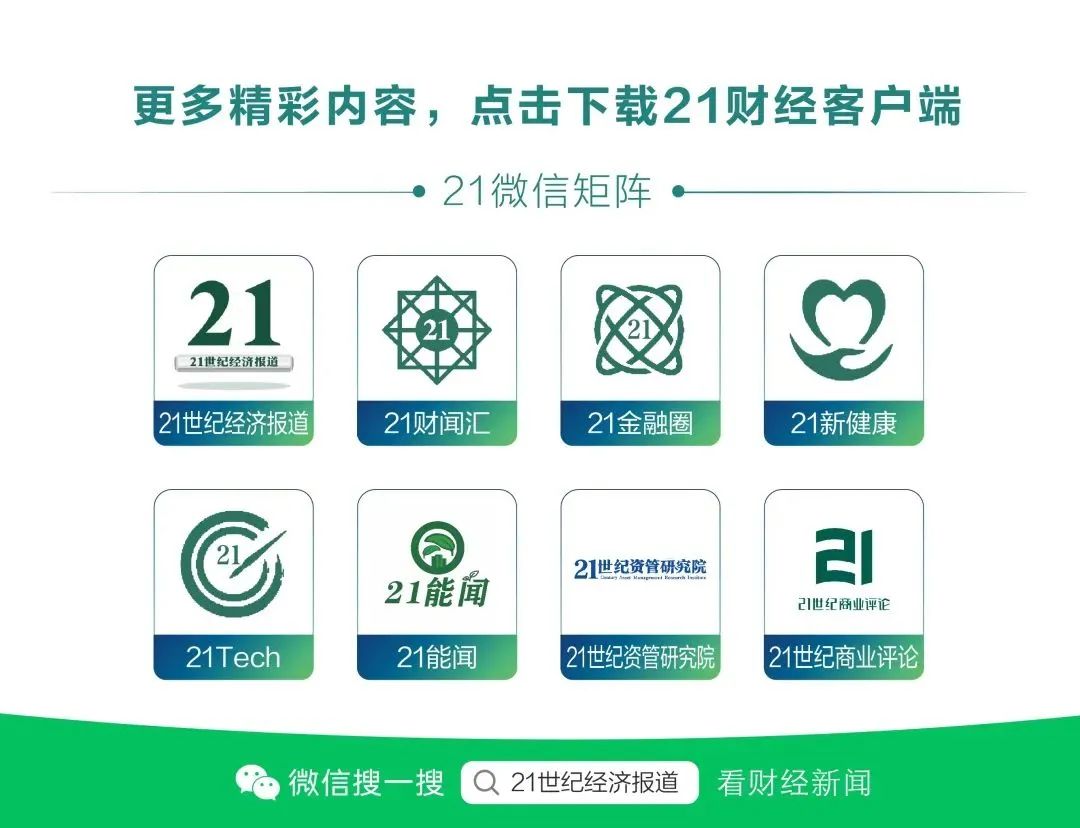
Author: Hu Guangqi, Commentator
Editor: Hong Xiaowen
Recently, the world’s first humanoid robot half marathon was held in Beijing. During this 21.0975-kilometer race, the “Tian Gong Ultra” developed by UBTECH in collaboration with the Beijing Humanoid Robot Innovation Center crossed the finish line with a time of 2 hours, 40 minutes, and 42 seconds, winning the title of the world’s first humanoid robot half marathon.
In addition, during the testing phase, the Kua Fu robot from Shenzhen completed a 5-kilometer run with zero errors and zero machine changes. In the official competition phase, the Kua Fu robot also finished successfully.
Driven by leading companies like UBTECH and Kua Fu Robotics, Shenzhen is gradually nurturing a “Robot Valley”. Located in Nanshan District, Shenzhen, the “Robot Valley” has become a gathering area for numerous innovative enterprises, backed by renowned institutions such as Southern University of Science and Technology, Shenzhen University, and the Chinese Academy of Sciences, fostering many entrepreneurial projects.
In the current wave of artificial intelligence, the robotics industry is undoubtedly one of the main players. As a new round of technological and industrial revolutions deeply develops, the leap and innovation of regional industrial forms, as well as the creation and formation of new productive forces in the region, require a strong and comprehensive innovation ecosystem as a solid foundation. Behind this is a test of regional comprehensive competitive strength, a test of decision-making wisdom, and a deep examination of the collaborative mechanism of “effective markets + proactive government”.
The rapid growth of Shenzhen’s “Robot Valley” vividly illustrates this collaborative effect. With the rapid catch-up of AI technology in China and the advent of the “computing power equality” era, the robotics industry has gained unprecedented development space and opportunities. Shenzhen is becoming one of the pioneers in promoting the continuous iteration and upgrading of core technologies in the robotics industry and the continuous innovation of application scenarios, making it an indispensable part of China’s robotics industry.
The development of the robotics industry is closely linked to industrial economy, regional economy, and urban development. The growth of the robotics industry raises higher demands for the overall quality, functional settings, and business environment of the city, but Shenzhen, with its strong innovative atmosphere, has become fertile ground for the robotics industry to take root, sprout, and bear fruit, supported by the synergy of “effective markets + proactive government”. Shenzhen, with its unique “six 90%” innovation code—over 90% of R&D institutions, R&D personnel, and R&D funding are in enterprises, and over 90% of utility model patents and major technology project invention patents come from enterprises—has built a virtuous interactive innovation ecosystem driven by the market and guided by policies. Here, the government eliminates development obstacles for robotics-related enterprises by building technology platforms, optimizing factor allocation, streamlining processes, and improving institutional supply, allowing enterprises to lighten their burdens and focus on innovation without worries.
Currently, Shenzhen has formed an industrial ecosystem covering the entire chain of AI large models, sensors, bionic dexterous hands, etc. The resilience of the local industrial chain and supply chain continues to strengthen. In the face of global competition in the embodied intelligent robotics industry, Shenzhen is transitioning from “following quickly” under the advantages of the industrial chain to “leading quickly” under the definition of technology. The new productive forces shape new industrial forms, the new industrial forms enhance supply chain resilience, and the resilience of the supply chain drives the renewal and transformation of the real economy, which in turn fully stimulates the chain and logic of urban and regional competitiveness, becoming increasingly clear before us.
The demonstration effect of Shenzhen’s “Robot Valley” is further highlighted. A large number of well-known companies such as DJI, UBTECH, SUTENG, and Kua Fu have gathered here, leveraging the cluster effect of the industry to re-optimize and reconfigure innovative elements and resources nationwide, giving Shenzhen attributes similar to those of “Silicon Valley”. A complete industrial chain, open talent policies, an active venture capital atmosphere, and the ability for rapid technology transformation—from laboratory to concept verification center to pilot platform to incubator—provide continuous support for the robotics industry to stabilize this critical step from “technology to business”, significantly reducing the risk losses of crossing the “valley of death” in business.
At the same time, from a global competitive perspective, Shenzhen’s robotics industry still needs to continuously tackle challenges such as core component technology, high-end talent reserves, and the expansion of application scenarios. However, challenges also mean space, development, and potential. It is believed that in the future, driven by a “rainforest-style” innovation ecosystem of “basic research + technological breakthroughs + platform building + achievement transformation + financial empowerment + talent innovation”, Shenzhen’s robotics industry will continue to overcome difficulties and promote the leap of Shenzhen’s industry and the elevation of regional economic levels.
SFC
Editor for this issue: Jiang Peipei
Recommended Reading
Major Layout! Shenzhen, the Emergence of “Robot Valley”
44 Events in One Day! Robots are also in the game! Why is the marathon so popular?
